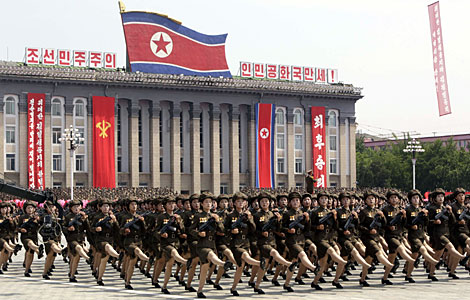Unclear outlook hurting equities
Updated: 2013-07-26 08:22
By Xie Yu in Shanghai (China Daily)
|
||||||||
The biggest concern for China's A-share market in the second half of 2013 comes from uncertainties about economic policies, said Chen Li, head of China equity strategy at UBS Securities.
The signals are mixed, Chen said as he raised several key issues, including what the central bank's stance is on monetary policy, whether there is a bottom line for gross domestic product growth and what the official attitude toward property markets is.
"The majority of investors are taking a wait-and-see attitude. They said don't touch the market - and there are no trade ideas," he said.
China's stock market has experienced quite bumpy days since 2013. The benchmark Shanghai Composite Index rebounded to the 2400 level in January but hit 1949 in December 2012 and has been on a downward trend since April.
The past June saw the biggest monthly retreat of the index. Capitalization of the A-share market shrank by 3.47 trillion yuan ($565 billion trillion) in the month, mainly because of panic triggered by a credit crunch since mid-June.
"We are actually relatively optimistic about the second quarter but cautious, or even pessimistic, about the second half of the year," Chen said. He said deflation risks and volatile money markets were major concerns.
HSBC Plc said on Wednesday its preliminary China Purchasing Managers' Index for July declined more than expected to an 11-month low, another sign of a deepening economic slump.
Some media and officials worry about inflation after a continuous and big supply of money. But the reality is that most enterprises are in a period of deflation, reflected by the drop in the Producer Price Index for 26 months, he said. At the same time he expects a tight monetary policy in the near future.
Other bearish messages may come from companies' mid-year reports that are lower than expectations, the resumption of IPO plans and the withdrawal of capital from emerging markets as the US government phases out its quantitative easing program.
Industries including steel, coal, nonferrous metals, garments and retailing may present a mid-year report lower than expected, Chen said, while decoration companies may show a higher-than-expected performance.
Amid a downside economy, Chen suggested more opportunities in sectors including Chinese medicine, food, drink and decoration companies. China's State Council on Wednesday announced three measures to support growth.
"It is a small stimulus with both Keynesian measures to increase aggregate demand and supply-side measures such as cutting taxes and red tape. On funding sources, it relies much more on the central government's coffers while avoiding monetary easing," Merrill Lynch China economists Ting Lu and Xiaojia Zhi said in a report on Thursday.
xieyu@chinadaily.com.cn
(China Daily 07/26/2013 page17)
Most Viewed
Editor's Picks

|

|

|

|

|

|
Today's Top News
Latest US-China talks should smooth the way
Audit targets local government debt
30 people killed in Italy coach accident
Brain drain may be world's worst
Industry cuts cloth to measure up to buyers' needs
Reckless projects undermine the prosperity hopes
Financial guru looks to nation's future
China's land market picks up again: report
US Weekly

|

|















